
Armavia: Armenia’s Greatest Aviation Disaster
On May 3, 2006 at 2:13 am local time near Adler Airport, Armavia’s Airbus A320-211 (EK-32009), flight 967 en route to Sochi from Yerevan, crashed into the Black Sea.
All 8 crew members and 105 passengers perished. This event marked the greatest tragedy in Armenia’s aviation history. It was also the first major plane crash in 2006.The crash claimed the 5th most number of lives in the history of the Airbus A320. A few months later the Interstate Aviation Committee announced the reasons for the crash. The department’s official findings, however, did not favor Armenia. Not only that, to this day there are several unofficial theories circulating about what allegedly led to the deaths of 113 people.
The Airplane
This airplane, built in 1995, was Armavia’s third Airbus A320-211. It first served in Ansett Australia’s fleet from 1995 to 2001.

Flying above Australia’s Skies (November 17, 1998)
The airline stopped flights in September 2001 and the plane ended up in Bordeaux, France. In 2004 the plane underwent maintenance and refurbishment by the French aerospace company Sogmera and it joined the Armavia air fleet on February 9 of the same year.

Armavia leased the plane from Vermeille International Services B.V., registered in Amsterdam, according to Former Executive Director of Armavia Andrey Nikitin. However, during the plane crash investigation the General Department of Civil Aviation determined that the plane was registered to the company Funnel of George Town, Cayman Islands. The plane was named Mesrop Mashtots.
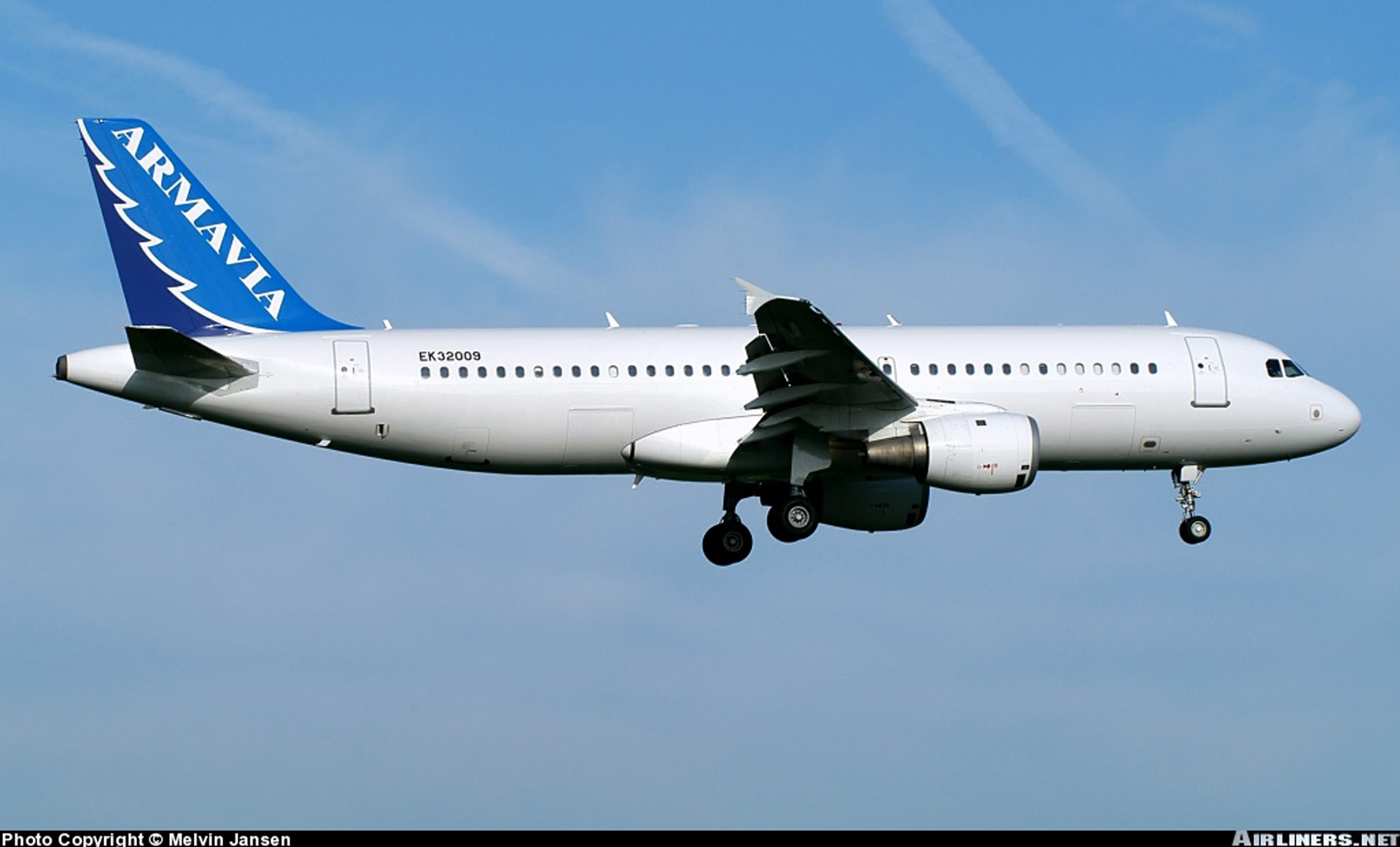
The EK-32009 flying above Amsterdam (April 25, 2004)
As we previously reported, in October 25, 2004, under partnership with theBritish company Landor Associates, Armavia revealed its new brand design, which incorporated the colors of the Armenian flag and emblems. The EK-32009 was itself repainted with the new colors in the Netherlands.
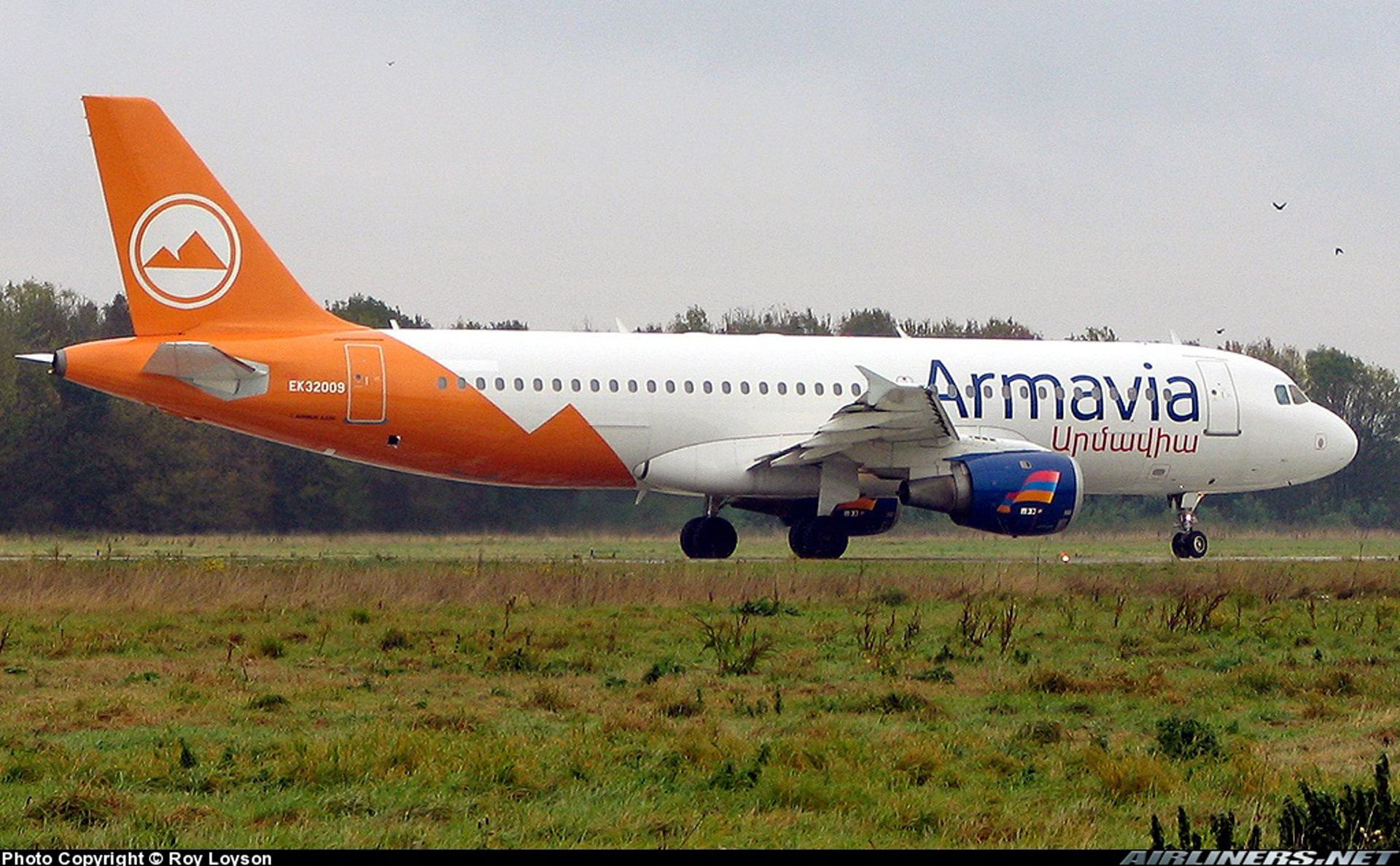
The newly repainted EK-32009 at Maastricht Aachen Airport (October 31, 2004)
Flight 967
Flight 967 from Yerevan to Sochi took off at 1:47 am on May 3 (although set for takeoff at 1:45 am according to the flight board). The arrival at Sochi’s Adler Airport was set for 2:00 am (3:00 am Yerevan time). The flight had 105 passengers, including 6 children, most of whom were Armenians according to the official list. On board 77 passengers were Armenian citizens, 26 were from the Russian Federation, one was from the Ukraine and another was from Georgia. The flight crew comprised 8 members (Captain Grigor Grigoryan, second pilot, Arman Davtyan, flight engineer Nikolai Khacharyan, cabin crew members Mariana Hasratyan, Lusine Gevorgyan, Anaida Abelyan, Rostislav Shelemetev and Armen Haroutunyan.
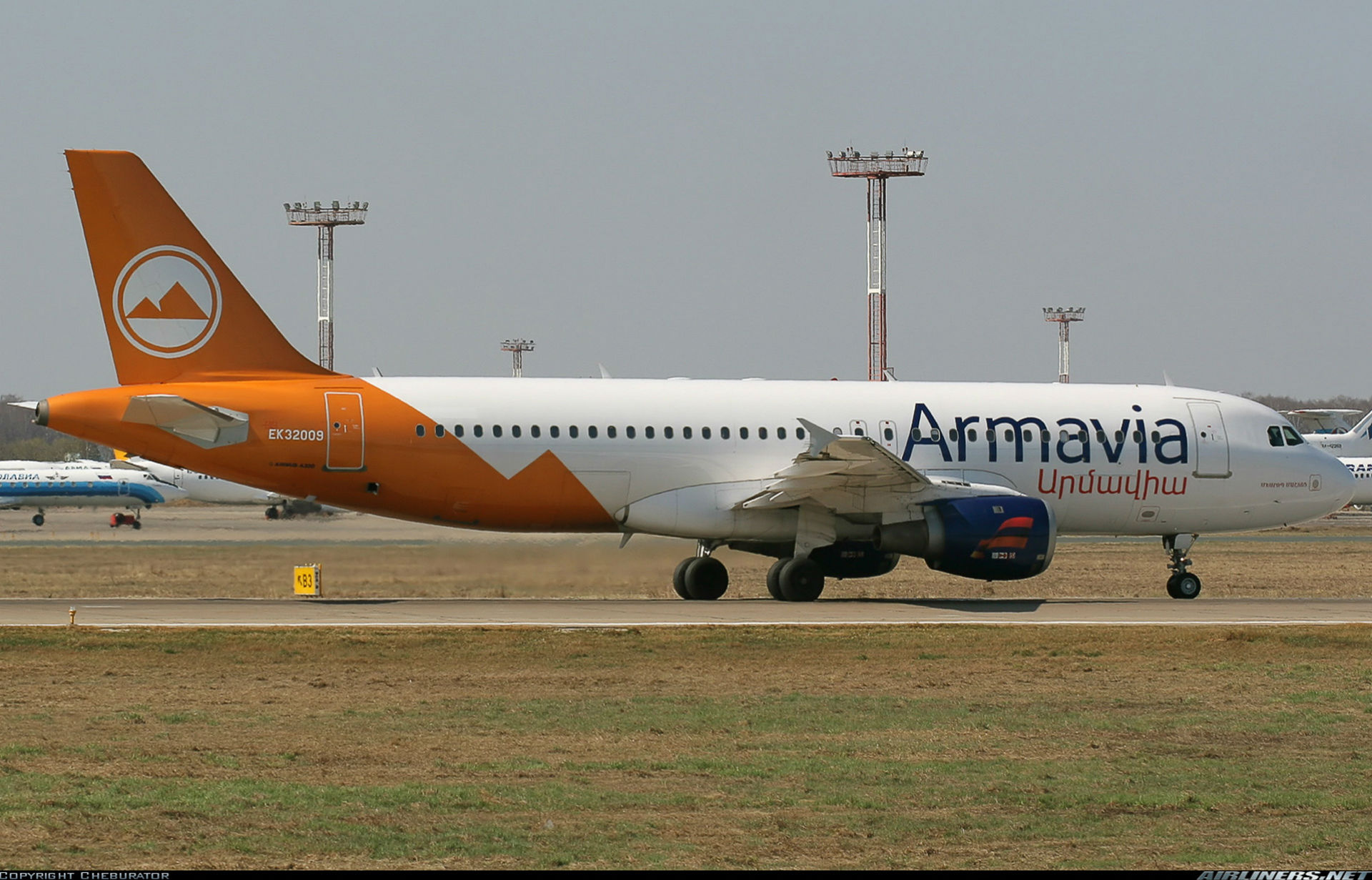
One of the last images of the EK-32009, taken at Moscow Domodedovo Airport (April 30, 2006)
The flight crew’s first contact with Adler was made at 1:10 am Sochi time, out of radar contact (although it was in Georgian airspace). By 1:17 am the flight crew and the approach controller were discussing the actual ground weather conditions and forecast. The weather was bad, with rain and low visibility. The flight crew decided to turn back to Yerevan since the conditions for landing were lower than favorable. At 1:26 am the crew requested the latest forecast from the controller. Then at 1:30 am, according to the controller, visibility was 3600 meters and thecloud ceilingwas at 170 meters above sea level. At 1:31 am, the crew decided to continue its course towards Sochi based on the received information.
At 2:00 am the crew contacted with the control tower at Adler Airport. The plane was flying at an elevation of 3600 meters and was visible on radar. The controller instructed the crew to descend to 1800 meters and reported the weather conditions on runway 06, which were above the minimum. Then the flight crew received permission to fly at 600 meters, whereby control of the landing was handed over to the final controller.
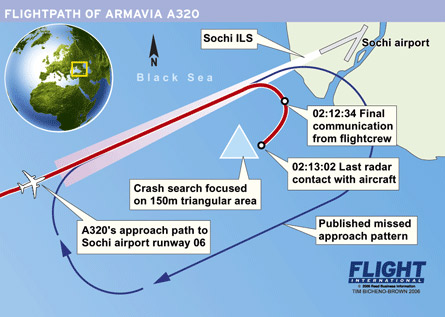 At 2:10 the flight crew announced preparation for landing. The final controller stated that the visibility was 4000 meters and the cloud ceiling was at 190 meters, which was acceptable for landing. Thirty seconds later the final controller stated that the cloud ceiling dropped to 100 meters and the air crew was instructed to loop around right for a second landing attempt and fly at 600 meters. The controller instructed the crew to stand by before breaking contact with them. At that moment the plane was flying at an elevation of about 390 meters.
At 2:10 the flight crew announced preparation for landing. The final controller stated that the visibility was 4000 meters and the cloud ceiling was at 190 meters, which was acceptable for landing. Thirty seconds later the final controller stated that the cloud ceiling dropped to 100 meters and the air crew was instructed to loop around right for a second landing attempt and fly at 600 meters. The controller instructed the crew to stand by before breaking contact with them. At that moment the plane was flying at an elevation of about 390 meters.
Last contact with the plane was made at 2:12:34 am, after which the crew no longer responded to the final controller. The plane was fixed on radar until 2:13:02 am and then disappeared. Later it was revealed that the plane was only 6 meters above sea level at the time. The plane crashed on the Black Sea near the mouth of the Mzymta River and was destroyed.
Tense Days After the Crash
After the disappearance of the plane on the radar screen the Russian Ministry of Emergency Situations began its rescue mission. At 4:05 am local time rescuers found the remains of the plane and life vests 6 km from the shoreline. Later they found pieces of the fuselage, body parts, cargo and a fuel slick floating on the water surface. Several ships, rescuers and special equipment arrived at the site of the crash. According to the Ministry of Emergency Situations the plane fell at a 60 degree angle. On the same day the Sochi Prosecutor’s Office opened a criminal case for the violation of safety rules and operation of air traffic causing the death of two or more people. Hours later the case was transferred to the Russian Federation Office of the Prosecutor General.
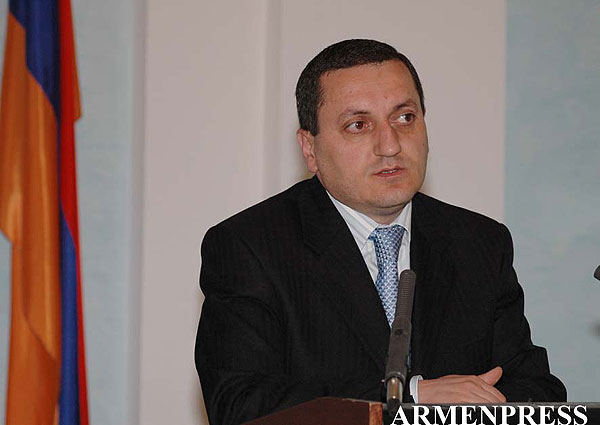 President Robert Kocharyan held an emergency meeting on the morning of May 3 with security agency, law enforcement and aviation officials.
President Robert Kocharyan held an emergency meeting on the morning of May 3 with security agency, law enforcement and aviation officials.
Artyom Movsesyan, the Head of the General Department of Civil Aviation, told reporters that speculation about low fuel being the reason for the crash was unlikely since the plane contained 10 tons of diesel, which was double the amount needed for the Yerevan-Sochi flight.
He confirmed that the plane was in top condition to fly and the pilots were experienced.
Armavia’s owner Mikhail Baghdasarov said on May 4 that the Belgian company Sabena technics, which serviced Armavia’s Airbuses, reconditioned the plane in April 2006.
Two days later the company stated that they worked on the plane in Yerevan but never in Brussels. Days later Baghdasarov confessed that the plane’s renovation work was performed in Bucharest and his previous statement was made in error.
On May 3 the Armenian Prosecutor General’s Office launched criminal proceedings for the violation of rail, air or water transport safety and operation rules causing the death of two or more people. After a presidential advisory meeting on May 3, Defense Minister and president of the Armenian-Russian intergovernmental commission Serzh Sargsyan went to Sochi. Special teams and investigation units from the General Department of the Civil Aviation also went. Between May 3 and 4 three special missions from Armenia were organized, including a group of surviving family members of crash victims. May 5 and 6 were declared national days of mourning in Armenia, and May 5th was a day of mourning in Russia as well.
Russian law enforcement officers on May 3 stated that the crash was not a result of a terrorist act. In the days that followed the Armenian Prosecutor General’s Office also denied that an act of terrorism or low fuel resulted in the crash. On May 3 the Armenian insurance company Grand, which insured the passengers, flight crew and plane, announced that the relatives of the victims would receive compensation of $20,000. Company director Artak Andonyan stated that a well-known London-based firmreinsured the company’s risks. Insurance compensation for the plane would be paid only if it was determined that the plane’s operational procedures were not violated. The next day the Armenian government decided that 1.5 million dram (about $3,400) would be allocated to all of the victims’ relatives. The Finance Ministry soon opened a special account for the purposes of making transfers of funds to surviving relatives. Armavia followed suit with a similar account. Days later the Yerevan Municipality decided to allocate 223,500 (about $500) to the victims’ relatives and offered psychological counseling to the families. The Russian Federation allocated 100,000 rubles to the families of the 26 passengers who were Russian citizens, while the Sochi Municipality distributed 500,000 rubles to the relatives of those victims who resided in the city. Another 250,000 rubles was allocated by the Krasnodar region to the families of victims carrying Russian passports.
 On May 5 the relatives of victims approached the site of the crash in two vessels and laid wreaths and flowers on the sea’s surface. A memorial service was performed in the Adler Armenian church. That same day, Baghdasarov announced that the plane’s captain performed exemplarily but could not comment on the controller. He went on to claim that as the plane made its second loop around, the aircraft wasn’t simply landing but had essentially landed.
On May 5 the relatives of victims approached the site of the crash in two vessels and laid wreaths and flowers on the sea’s surface. A memorial service was performed in the Adler Armenian church. That same day, Baghdasarov announced that the plane’s captain performed exemplarily but could not comment on the controller. He went on to claim that as the plane made its second loop around, the aircraft wasn’t simply landing but had essentially landed.
“The runway was only 200 meters away and the controller picked them up and sent them around again, at the moment when he had no right to order them to do so. He could have only made a recommendation,” Baghdasarov said, adding that it did not mean the controller was at fault.
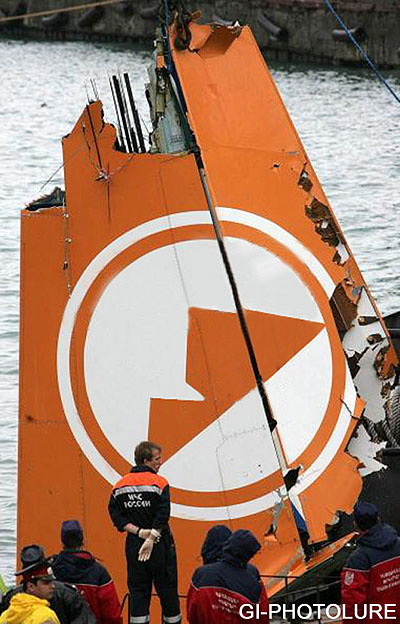 Although parts of the plane and human remains were on the sea’s surface, most of it was found at deep levels, between 500-600 meters according to the Russian Ministry of Emergency Situations. The results of the search and rescue missions were 51 bodies found, 47 of which were identified by May 7. Over 750 people were involved in the search and rescue, including more than 50 technicians. The Interstate Aviation Committee (IAC), which is based in Moscow, performed the technical investigation of the crash. Rostransnadzor, RosAviatsia, Rosaeronavigatsia and representatives from Armenia and France also participated in the investigation. France, which is where Airbus planes are designed and manufactured, sent representatives from its BEA (Bureau d'Enquêtes et d'Analyses pour la sécurité de l'aviation civile). Together with the Russians they were involved in the recovery of the “black boxes,” which was significantly delayed due to bad weather and the sludge at the bottom of the sea. On May 16 the “Navigator” ship was dispatched carrying the RT-1000 underwater apparatus, which could lift items weighing up to 12 kilograms (the black boxes weighed 7 kilos). Since black boxes are designed to function for 30 days, technicians were racing against the clock to retrieve them. They were found 496 meters below sea surface, five meters apart from each other. Finally 19 days later, on May 22, the cockpit voice recorder box was retrieved. Two days later the flight data recorder was found and the search mission concluded.
Although parts of the plane and human remains were on the sea’s surface, most of it was found at deep levels, between 500-600 meters according to the Russian Ministry of Emergency Situations. The results of the search and rescue missions were 51 bodies found, 47 of which were identified by May 7. Over 750 people were involved in the search and rescue, including more than 50 technicians. The Interstate Aviation Committee (IAC), which is based in Moscow, performed the technical investigation of the crash. Rostransnadzor, RosAviatsia, Rosaeronavigatsia and representatives from Armenia and France also participated in the investigation. France, which is where Airbus planes are designed and manufactured, sent representatives from its BEA (Bureau d'Enquêtes et d'Analyses pour la sécurité de l'aviation civile). Together with the Russians they were involved in the recovery of the “black boxes,” which was significantly delayed due to bad weather and the sludge at the bottom of the sea. On May 16 the “Navigator” ship was dispatched carrying the RT-1000 underwater apparatus, which could lift items weighing up to 12 kilograms (the black boxes weighed 7 kilos). Since black boxes are designed to function for 30 days, technicians were racing against the clock to retrieve them. They were found 496 meters below sea surface, five meters apart from each other. Finally 19 days later, on May 22, the cockpit voice recorder box was retrieved. Two days later the flight data recorder was found and the search mission concluded.
The Joint Aviation Committee’s Official Version of the Events
On June 8 in Moscow the analysis of the cockpit voice recording was concluded. The Joint Aviation Committee stated that the device’s recording was 33 minutes long. The cabin crew conversed mostly in Armenian. Analysis of the flight data ended on June 17. Two days later the Committee stated that the flight data contained information from eight flights (between April 30 and May 3), totaling 26 hours and 29 minutes in length. The data from May 3rd was from a time period lasting 1 hour and 26 minutes.
Based on the data analysis the Committee concluded that:
-The plane did not explode in mid-air.
-The plane’s engines were functioning up until impact.
-The amount of fuel was adequate for the plane to reach its intended destination.
-In the last moments of the flight the autopilot function was turned off.
From July 3 to 6the Committee met with Armenian, Russian and French experts at the offices of Airbus in Toulouse, France and simulated the EK-32009’s flight based on the collected data using a flight simulator in order to understand what went wrong on May 3.
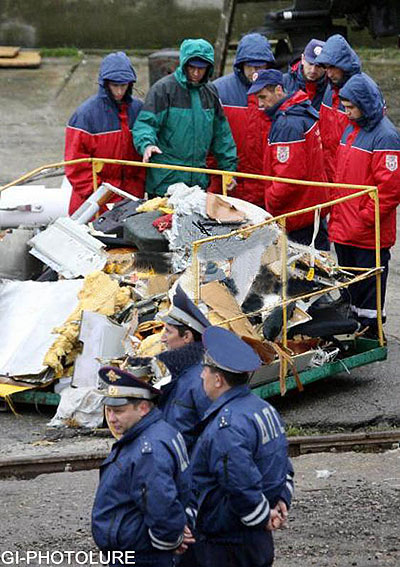 On July 26, 2006 the Committee announced: “The fatal crash of the Armavia A-320 EK-32009 was a CFIT accident that happened due to collision with the water while carrying-out a climbing maneuver after an aborted approach to Sochi airport at night with weather conditions below the established minimum for runway 06.
On July 26, 2006 the Committee announced: “The fatal crash of the Armavia A-320 EK-32009 was a CFIT accident that happened due to collision with the water while carrying-out a climbing maneuver after an aborted approach to Sochi airport at night with weather conditions below the established minimum for runway 06.
While performing the climb with the autopilot disengaged, the Captain, being in a psycho-emotional stress condition, made nose down control inputs due to the loss of pitch and roll awareness. This started the abnormal situation.
Subsequently the Captain's inputs in the pitch channel were insufficient to prevent development of the abnormal situation into the catastrophic one.
Along with the inadequate control inputs of the Captain, the contributing factors to development of the abnormal situation into the catastrophic one were also the lack of necessary monitoring of the aircraft descent parameters (pitch attitude, altitude, vertical speed) by the co-pilot and the absence of proper reaction by the crew to the EGPWS warning.”
Bagdasarov was quick to disagree with the Committee’s findings. He put blame on the ground crew, weather conditions and even the position of Adler Airport. He did not rule out the possibility of appealing the Committee’s decision.
 In Armenia no one, from ordinary Armenian citizens to the top leadership, accepted that the pilots were at fault. There was speculation that the decision was potentially politically motivated, so that the airport, services and dispatcher especially would not receive punishment. Armavia’s committee deemed the Committee’s decision to be “not correct” and “premature.” Company representative Mihran Khachatryan stated that the experts in Toulouse signed a protocol which stipulated that “The real reason for the plane’s descent, where it collided with the surface of the water, has not been established,” and whatever contained in the decision “was shocking to the airline” and listed “inadequate operations performed by the captain.”
In Armenia no one, from ordinary Armenian citizens to the top leadership, accepted that the pilots were at fault. There was speculation that the decision was potentially politically motivated, so that the airport, services and dispatcher especially would not receive punishment. Armavia’s committee deemed the Committee’s decision to be “not correct” and “premature.” Company representative Mihran Khachatryan stated that the experts in Toulouse signed a protocol which stipulated that “The real reason for the plane’s descent, where it collided with the surface of the water, has not been established,” and whatever contained in the decision “was shocking to the airline” and listed “inadequate operations performed by the captain.”
FACT: Forty-year-old Captain Grigor Grigoryan was an experienced pilot. He worked for Armavia for less than two years. He previously piloted An-2 and YAK-40 aircraft. From September 1, 2005 he began flying as a captain of an Airbus A320 (until that point, as second pilot). Grigoryan flew a total of 5458 recorded hours, of which 1436 were on the Airbus A320 (and 566 as captain). The second pilot, 29-year-old Arman Davtyan, worked at Armavia for four years. He flew as second pilot on Tu-154 and ATR-42 aircraft. He became an A320 second pilot on October 11, 2004. Davtyan flew a total of 2185 recorded hours, of which 1022 were on the Airbus A320.
After the Armenian reaction to the decision, on July 27 the Joint Aviation Committee reiterated that the investigations by the Russian, Armenian and French experts were conducted per international norms and political pressure was not and could not have been applied. The Committee stressed that the purpose of the investigation was not to place blame on someone or to determine responsibility (although the decision was written in that manner). It also stated the relevant prosecution bodies in Russia and Armenia would be responsible for determining responsibility. It further stressed that Adler Airport and its armaments completely fell in line with accepted norms and international standards.
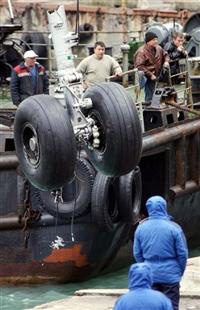 Another hypothesis for the reason of the crash circulated in Armenia, namely that gunshots were heard in the airplane. Accordingly, a dispute arose in Zvartnots Airport between two criminal gangs, which continued on board the plane.
Another hypothesis for the reason of the crash circulated in Armenia, namely that gunshots were heard in the airplane. Accordingly, a dispute arose in Zvartnots Airport between two criminal gangs, which continued on board the plane.
“Four relatives of the victims who were Russian citizens claim that they received phone calls from them while on the plane a few minutes before the crash and said that shots were being fired. Not only that, two discharged firearms were found in the water,” said former pilot for Armenian Airlines Vladimir Boghosyan. He added that there were “very important people” on the plane who pressured the cabin crew to land. He also claimed that the National Assembly did not form a temporary crash investigation committee as a result of “pressure from various powers.”
The Russian news service Regnum claimed it received information from an unidentified source that a group flying in Business Class was close to the pilot cabin and a “shooter” who was on his way to Sochi for a meeting was very drunk. According to the source, when the individual learned that the crew was about to return to Yerevan due to the bad weather conditions, he pulled the crew from the cabin and forced them to start landing the plane, which led to a stressful disagreement with the controller.
Among the passengers of Flight 967 were former Interior Minister Housik Haroutunyan, Aram Petrosyan, who was the son of former NSA Director of Armenia Carlos Petrosyan, the former head of Civil Aviation Vyacheslav Yaralov and criminal figure Beniamin Khachatryan (Beno Rostovsky).
The Interstate Aviation Committee stated on October 25, 2006 that the flight recorder did not record explosions and shootings. Both the Civil Aviation of Armenia and Armavia also denied the rumors. The cabin crew’s decision to return to Yerevan was made at 1:17 am, but after learning of the changing weather conditions at Adler at 1:31, they decided to continue on to Sochi. Later, the Interstate Aviation Committee would reveal their findings of the conversation held in the cockpit.
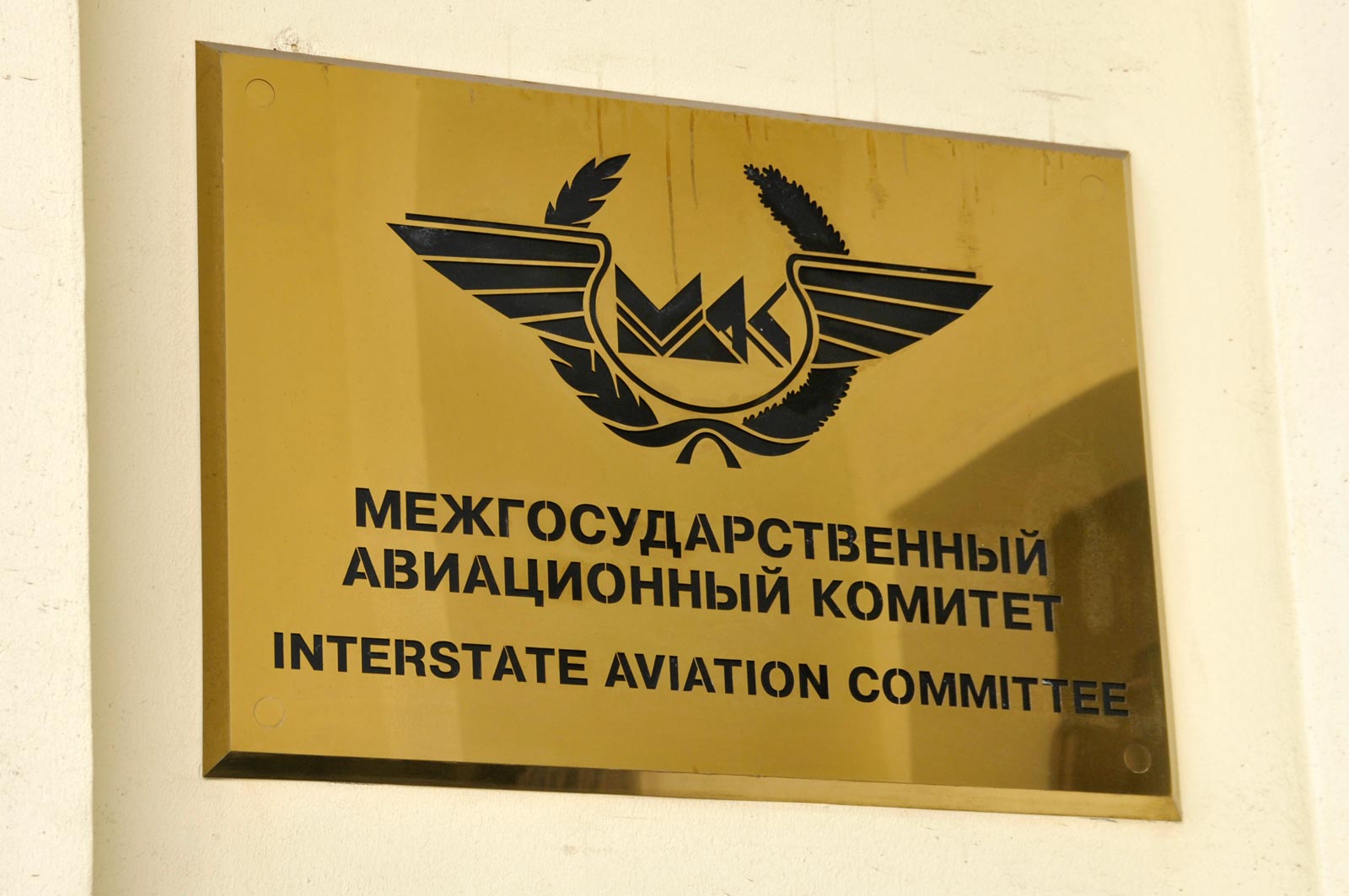 Other points came to light in the Committee’s report.
Other points came to light in the Committee’s report.
The Captain did not undergo training required for the passing the Upgrade to Captain Program since it was not included in the Armenian Civil Aviation’s A320 Flight Crew Training Manual. Armavia’s Flight Operations Department did not analyze operations with the required proper flight recorders. The flight crew was also apparently fatigued as the conversation recorded by the voice recorder revealed although they had rested at home for 24 hours. The approach control at Sochi conveyed inaccurate information regarding the weather forecast and visibility to the crew. The weather observer told the controller at Sochi that the cloud ceiling was at 100 m, well below the minimum height of 170 m. The report stated that “the final controller instructed the crew: ‘Abort descent, clouds at 100 meters (300 ft), right-hand turn, climb to 600 meters (2,000 ft)’, instructions not compliant with regulations. However, the controller had a right to order the go-around.”
 Several other technical issues related to the flight were described in detail in the Interstate Aviation Committee’s “Final Report on the Investigation into the Accident Involving the Armavia A320 near Sochi Airport on 3 May 2006,” which is accessible online.
Several other technical issues related to the flight were described in detail in the Interstate Aviation Committee’s “Final Report on the Investigation into the Accident Involving the Armavia A320 near Sochi Airport on 3 May 2006,” which is accessible online.
In April 2007, the Prosecutor General's Office, per Article 35 of the Criminal Procedure Code (criminal proceedings may not be initiated, criminal proceedings cannot be undergone, and current proceedings must be dismissed when the individual is deceased), closed the initiated criminal proceedings of the events of May 3, 2006.
Top photo, courtesy of airliners.net: The EK-32009 in Amsterdam (August 28, 2005)
Bottom photo: Memorial Stone Crosses erected in the yard of the Adler Armenian Church and in the 8th District of Nor Nork, Yerevan Dedicated to the Crash Victims
 Videos
Videos Photos
Photos
Comments (2)
Write a comment